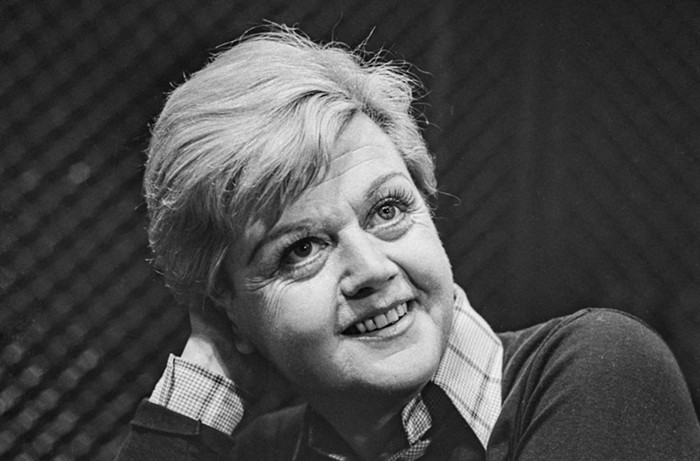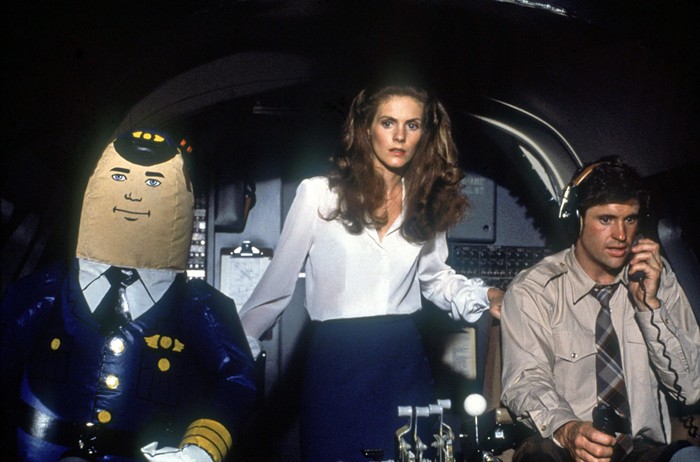When I found out that I'd be writing about Yemenwed, the New York-based collective made up of artists, animators, dancers, architects, and designers, I immediately went to PICA's TBA:10 programming guide to see what they'd be presenting. I discovered that Yemenwed was slated to show two videos. The first, Episode 3, is described as "a surreal sci-fi journey that melds animation, live action, painting, and sculpture." The second, Bedroom w TV and Woman Lays w Aide, follows "several characters within an abstract interior, based on a bedroom in a New York City public housing project." A little confused, I went to Google, dialed in "Yemenwed," and lo and behold, Episode 3 popped up in the top search results:
After watching this video, I found myself intrigued by the visuals, but disappointed intellectually. While the psychedelic landscapes and architectures were populated almost entirely by the never-before-seen, creating a fresh mixed-media experience (the main shtick), I was largely unaffected by the technical and narrative content of the film: several characters traveling through a flatly-rendered CGI world; their destination, an obelisk with a metronome for a shadow; their bizarre costumes and fantasy objects rarely informed by a function; their actions performed without clear motivation or consequence; the dramatic soundtrack coupled with a story that couldn't quite deliver the matching emotions.
Regardless of personal disappointment, I made like a good critic and went down to Washington High School to spend some time with the entirety of Yemenwed's exhibit— hoping to find something that would fulfill my intellectual curiosities.
When I arrived in the exhibition space, Bedroom w TV and Woman Lays w Aide was just beginning, and the light of the projector illuminated a coffin-like sculpture on the floor. This video is a recording of three of the collective's live performances, edited into a continuous sequence. It starts with a woman perched on what looks like a lifeguard stand combined with an archway. She works through a series of controlled movements with her arms and feet. A man enters the stage with a lamp, bathing other performers— who've remained completely still up to this point— in light. Brought to life by the light, a woman sings an a cappella piece about "searching for peace with existence." Next, another woman creates dark, atmospheric music on a keyboard, and after the previous elements are riffed on for a bit, two women perform an extended dance number. See it for yourself:
Though, again, I was underwhelmed. Not only did the sequencing of Bedroom w TV and Woman Lays w Aide feel arbitrary (its segments available for endless reorganization, seemingly to no improvement or detriment), but it failed in building a meaningful relationship with the other pieces in the show. Sure, everything was related through a distinct other-worldliness and design sense, but that's about as far as the viewer is let in. Additionally, in mashing up dance, music, sculpture, and abstract architecture, the show felt unfocused— each compositional element diluting the next. After watching both videos three times and gaining no new understanding of their intention, meaning, or value, it was time for Mike Daisey's final TBA performance of The Agony and the Ecstasy of Steve Jobs.
After Daisey's monologue— which detailed the history of Steve Jobs, Apple, and the factory conditions in Shenzhen where Apple products are made— I couldn't help but compare it to Yemenwed's offerings (admittedly, an exercise in apples-and-oranges). Where Daisey's monologue was entirely substance, puncturing a hole in globalism's veil, Yemenwed's exhibit felt hollow. Yes, the videos aren't quite like anything I've seen before, and Episode 3 is a strong visual experience— but if you're looking for something of substance, something that'll resonate with the world we live in, Yemenwed's videos probably won't do it for you.


















